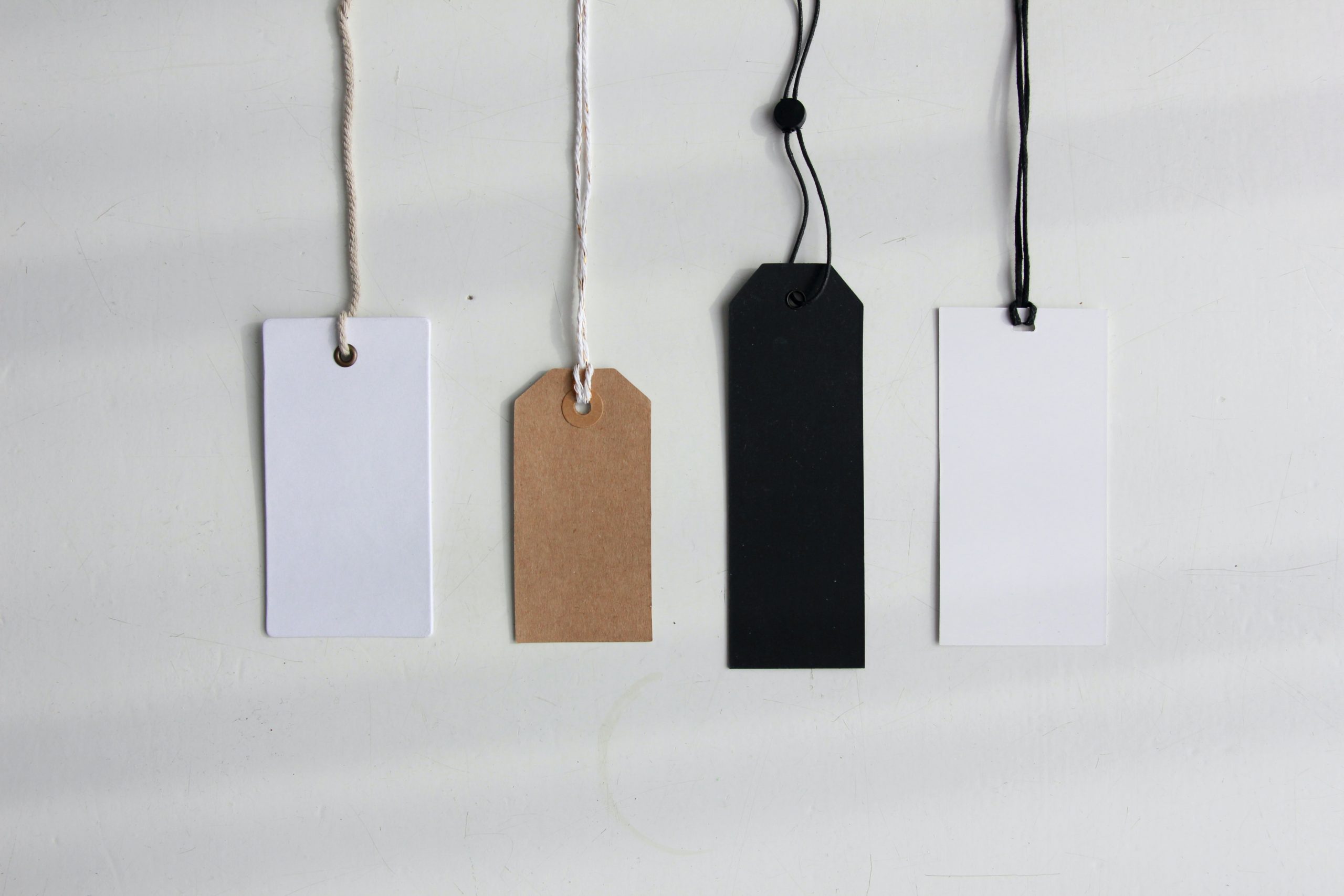by Jessi Burg
Anyone who has sold a product can relate to the struggle of product pricing. How much do you mark up your products from the wholesale rate? If you buy wholesale, and then create a new product, how do you track your markup? How do taxes work once you start selling products at a markup?
In today’s blog post, we’re going to lay out some of the basic things you need to think about when you start to sell products, as well as how to plan out your markup.
Let’s start with the cost of goods. If you aren’t familiar with the term cost of goods, it refers to the direct costs of producing the goods sold. For example, if you sell t-shirts, the cost of goods is the amount you pay for your shirts at a wholesale price. If you’re a painter, then your cost of goods includes paint, as well as the labor needed to complete the project.
Knowing your cost of goods is important, because you need to charge more than that amount for your markup. The easiest way to start is by comparing your cost of goods with the retail cost of a similar product.
The retail cost is the price that the customers pay for the final product that is sold – they are not buying to sell the product, so this is the final stop for the product. Sometimes, that price will be comparable with local or online stores that clients can directly purchase similar products from.
Make sure you’re looking at retail establishments that cater to your clientele. For example, if you’re selling a luxury product, Walmart won’t be a good place to compare pricing. Next, see if you can find out what your competitors are charging. In some industries, it’s common to sell products for higher than retail pricing, especially if you’re delivering it or creating a custom piece.
Once you have an idea of both the retail price and your competitor’s price (if you can find it), you can find the average price that other people are selling similar products for. Take the retail price of your product, and subtract the wholesale price from that. Take the difference, and divide it by the wholesale cost. Then multiply it by 100. That will give you the markup percentage. Your equation should look like this:
[ ( Retail Price – Wholesale Price ) / Wholesale Price ] x 100 = Markup %
For example, a screen printer buys a sweatshirt for $15, and a similar sweatshirt retails for $40. 40 – 15 = 25. 25 divided by 15 is 1.66. 1.66 x 100 = 166, so the mark up is 166%.
In another example, a landscaper buys a plant for $8, and the retail value is $12. 12 minus 8 equals 4, and 4 divided by 8 is .5. .5 times 100 is 50, so it’s a 50% markup.
Now, let’s do this in reverse. Say you’ve decided you want to mark up your goods by 40%. Start by dividing 40% by 100 – that gives your percentage as a decimal, which is .4. Take your wholesale price and multiply it by .4, then add your wholesale price. That will give you your selling price. Your equation should look like this:
[ (Average Markup % / 100) X (Wholesale Price) ] + Wholesale Price = Your Sale Price
For example, a moving company buys boxes at $0.50 apiece, and wants to mark them up by 150%. 150 divided by 100 is 1.5. 1.5 times .5 = .75. $0.75 + $0.50 = $1.25, so each box will sell for that price.
Now that you understand how to calculate your markup, how do you decide the exact markup amounts? When you set any type of pricing, there’s a balance between how much you charge and how many units you need to sell to make a profit. The higher your price, the fewer units you need to sell. However, you can’t charge more than your clients are willing to pay.
You also want to remember that not all of your products need to be sold at the same price or marked up by the same amount. You can have a range of products that give your clients choices between a lower price and a higher one. This way, you can sell more lower end products to clients looking for that, and still have something to offer clients looking for a custom or higher end item.
Since your pricing ultimately needs to cover your cost of goods, any overhead, and still leave something left over for profit, it may take some time to determine exactly what works for your business. Try a few different pricing models and see what your clients respond to. Remember – it’s your business, so you can decide what works best for you.
Want more from Outgrow Your Garage?
-Support, connections and resources are invaluable tools for entrepreneurs. Small business owners from a variety of industries come together twice a week for Co-Working & Office Hours to work on their businesses, share insights, and troubleshoot issues. Running a business can feel isolating. You don’t have to do it alone!
-Business education should be easily accessible for everyone at an affordable price. We want you and your small business to succeed. No matter what area of your business you need help in, we offer a variety of business course topics that teach you how to turn your every day tasks into organized systems.




Leave a Reply